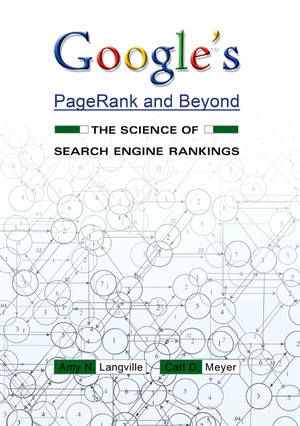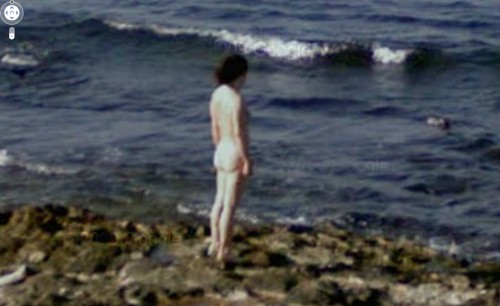Jean Noël Jeanneney: Google and the Myth of Universal Knowledge: A View From Europe (2007)
Filed under book | Tags: · archive, google, internet, library, politics, search

The recent announcement that Google will digitize the holdings of several major libraries sent shock waves through the book industry and academe. Google presented this digital repository as a first step towards a long-dreamed-of universal library, but skeptics were quick to raise a number of concerns about the potential for copyright infringement and unanticipated effects on the business of research and publishing.
Jean-Noël Jeanneney, president of France’s Bibliothèque Nationale, here takes aim at what he sees as a far more troubling aspect of Google’s Library Project: its potential to misrepresent—and even damage—the world’s cultural heritage. In this impassioned work, Jeanneney argues that Google’s unsystematic digitization of books from a few partner libraries and its reliance on works written mostly in English constitute acts of selection that can only extend the dominance of American culture abroad. This danger is made evident by a Google book search the author discusses here—one run on Hugo, Cervantes, Dante, and Goethe that resulted in just one non-English edition, and a German translation of Hugo at that. An archive that can so easily slight the masters of European literature—and whose development is driven by commercial interests—cannot provide the foundation for a universal library.
As a leading librarian, Jeanneney remains enthusiastic about the archival potential of the Web. But he argues that the short-term thinking characterized by Google’s digital repository must be countered by long-term planning on the part of cultural and governmental institutions worldwide—a serious effort to create a truly comprehensive library, one based on the politics of inclusion and multiculturalism.
Publisher University of Chicago Press, 2007
ISBN 0226395774, 9780226395777
Length 92 pages
Amy N. Langville, Carl Dean Meyer: Google’s PageRank and Beyond: The Science of Search Engine Rankings (2006)
Filed under book | Tags: · algorithm, google, internet, search, software, web

Why doesn’t your home page appear on the first page of search results, even when you query your own name? How do other Web pages always appear at the top? What creates these powerful rankings? And how? The first book ever about the science of Web page rankings,Google’s PageRank and Beyondsupplies the answers to these and other questions and more. The book serves two very different audiences: the curious science reader and the technical computational reader. The chapters build in mathematical sophistication, so that the first five are accessible to the general academic reader. While other chapters are much more mathematical in nature, each one contains something for both audiences. For example, the authors include entertaining asides such as how search engines make money and how the Great Firewall of China influences research. The book includes an extensive background chapter designed to help readers learn more about the mathematics of search engines, and it contains several MATLAB codes and links to sample Web data sets. The philosophy throughout is to encourage readers to experiment with the ideas and algorithms in the text. Any business seriously interested in improving its rankings in the major search engines can benefit from the clear examples, sample code, and list of resources provided.
Publisher Princeton University Press, 2006
ISBN 0691122024, 9780691122021
Length 224 pages
Jon Rafman: A Collection of Google Street Views (2008–)
Filed under artist publishing | Tags: · art, google, photography, surveillance

Jon Rafman has spent a considerable amount of time capturing and compiling Google Street View images that fulfill an artistic quality rather than purely informative.
Author’s commentary (ArtFagCity)
Project website (googlestreetviews.com)
Project website (9-eyes.com, (archived))
Vol 1: PDF (2008, 15 MB, updated on 2016-12-25)
Vol 2: PDF (10 MB, updated on 2016-12-25)
Vol 3: PDF (2009, 11 MB)
Sixteen Google Street Views (2009)
Within Which All Things Exist and Move (catalogue, with Gabor Szilasi, 2010, 44 pp, added on 2018-12-3)

